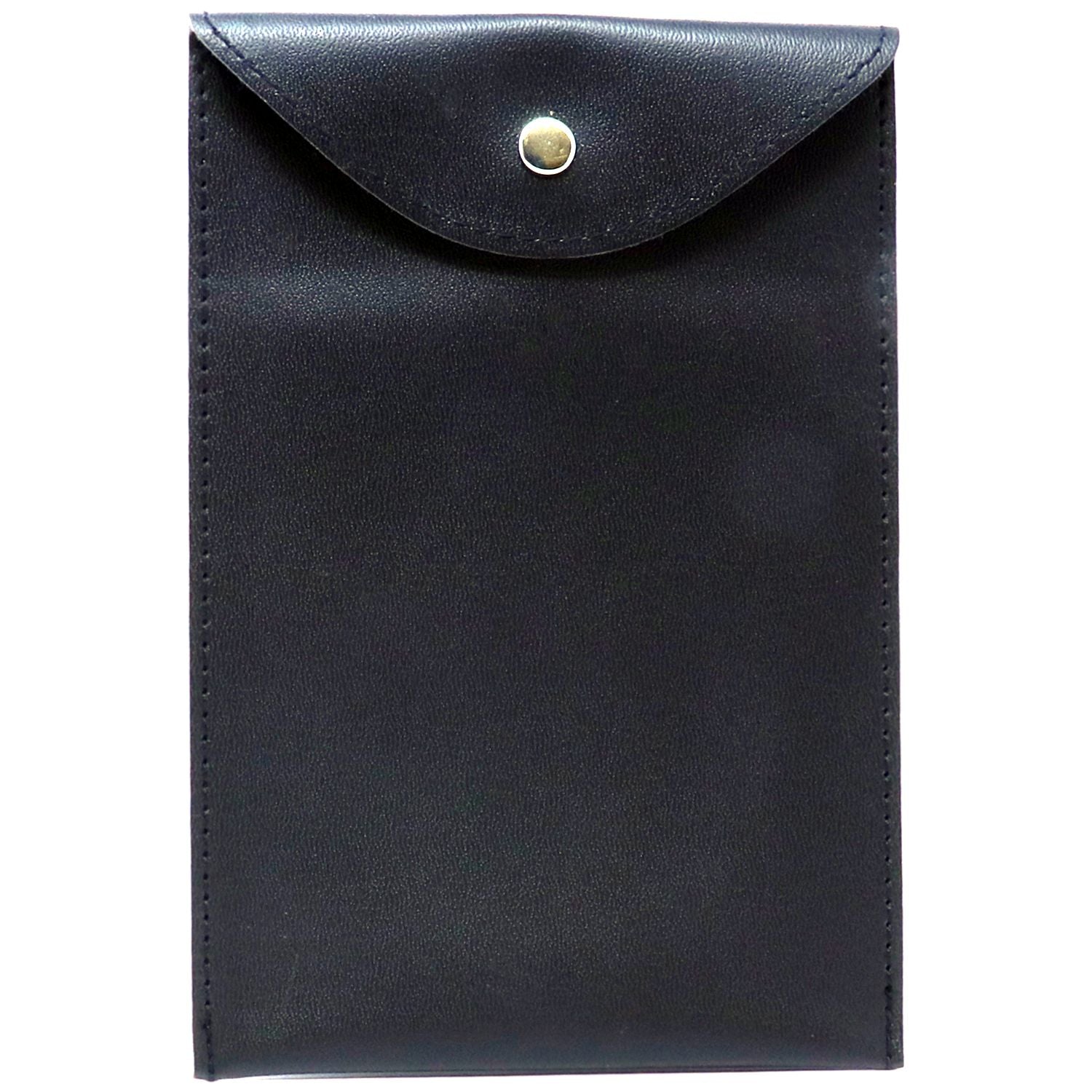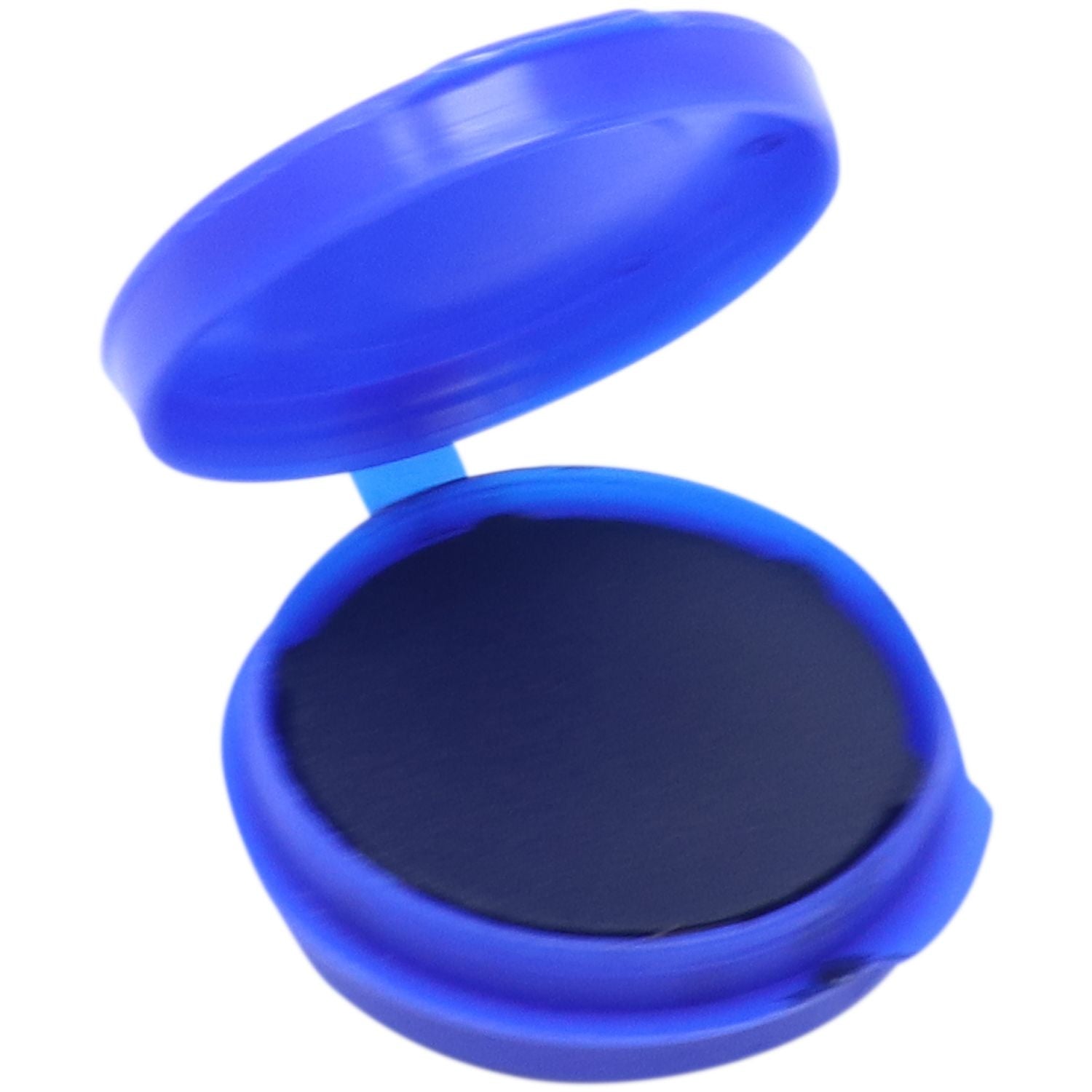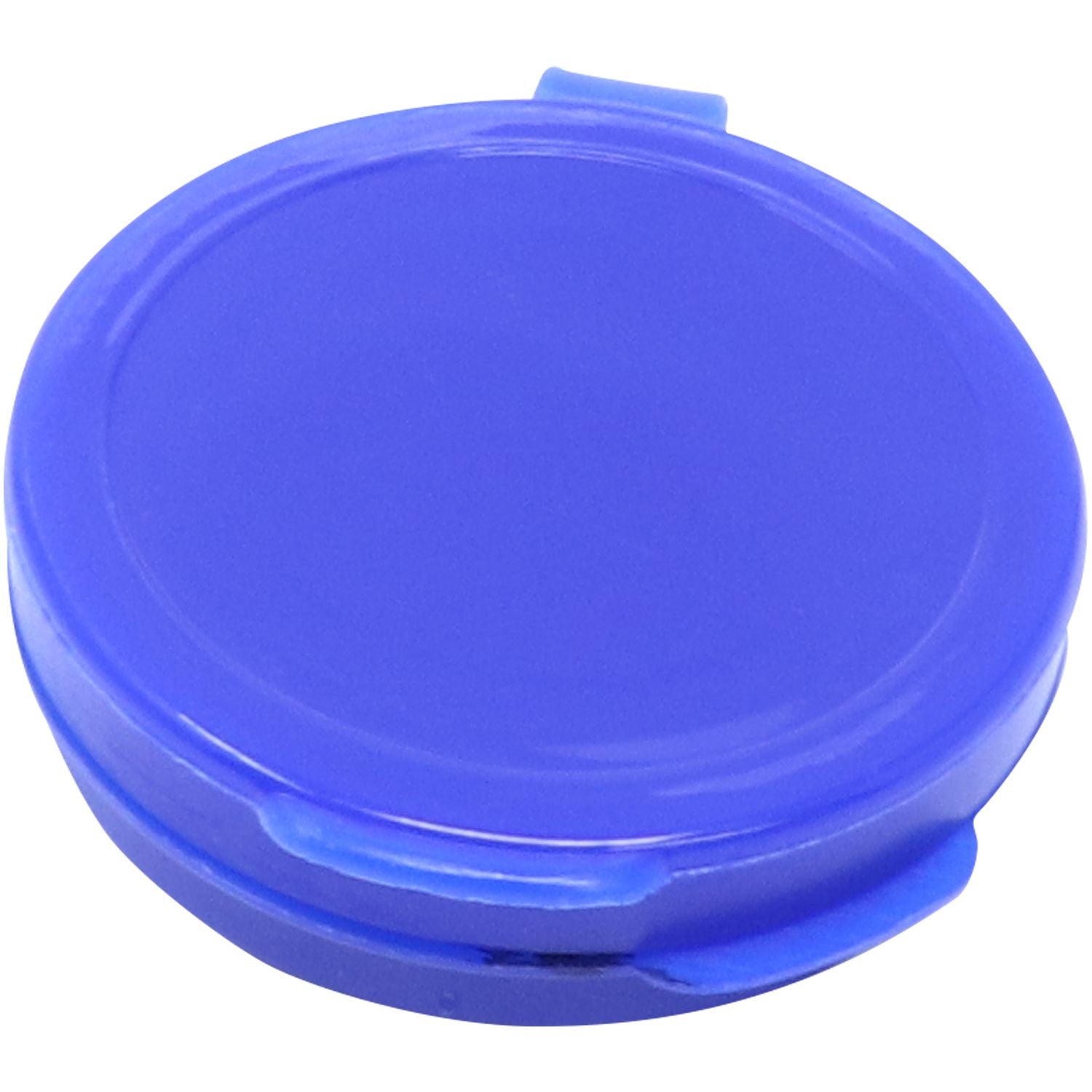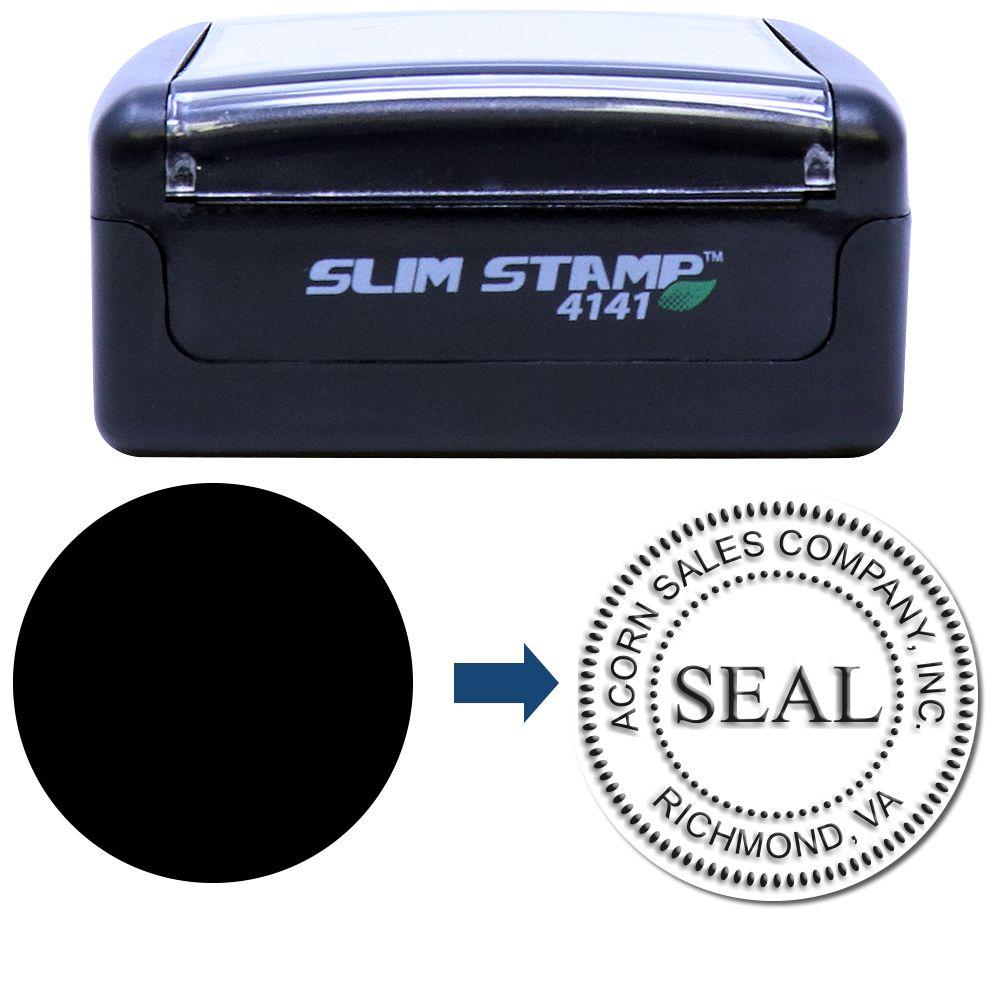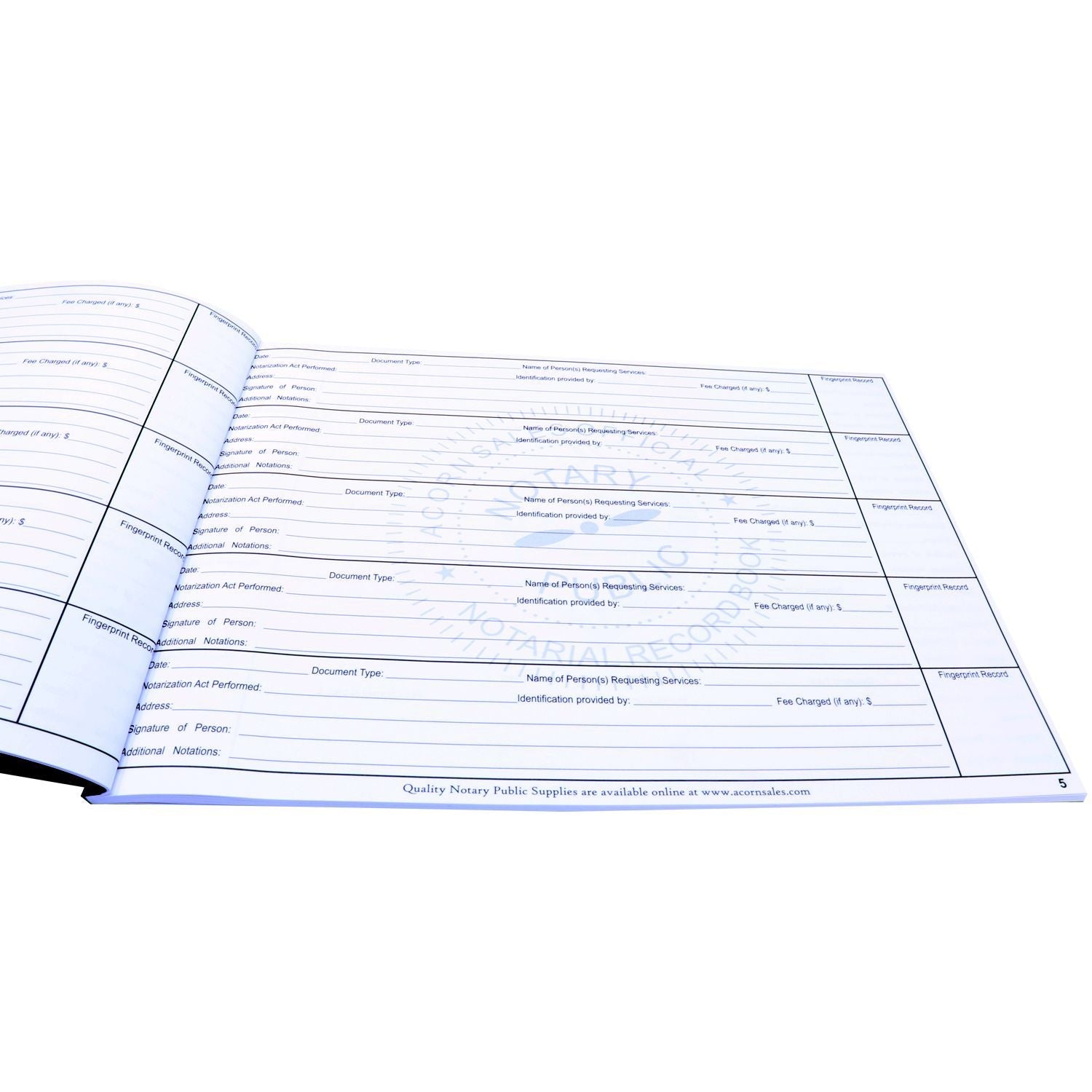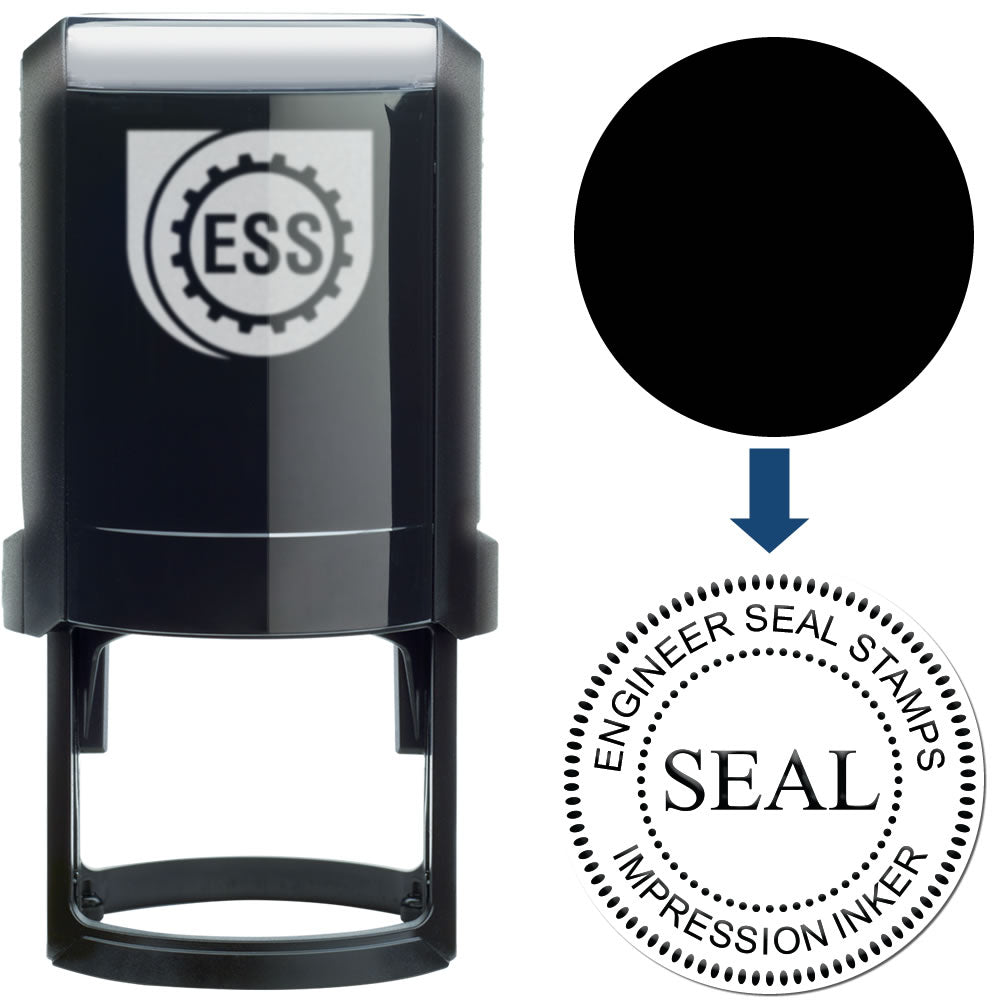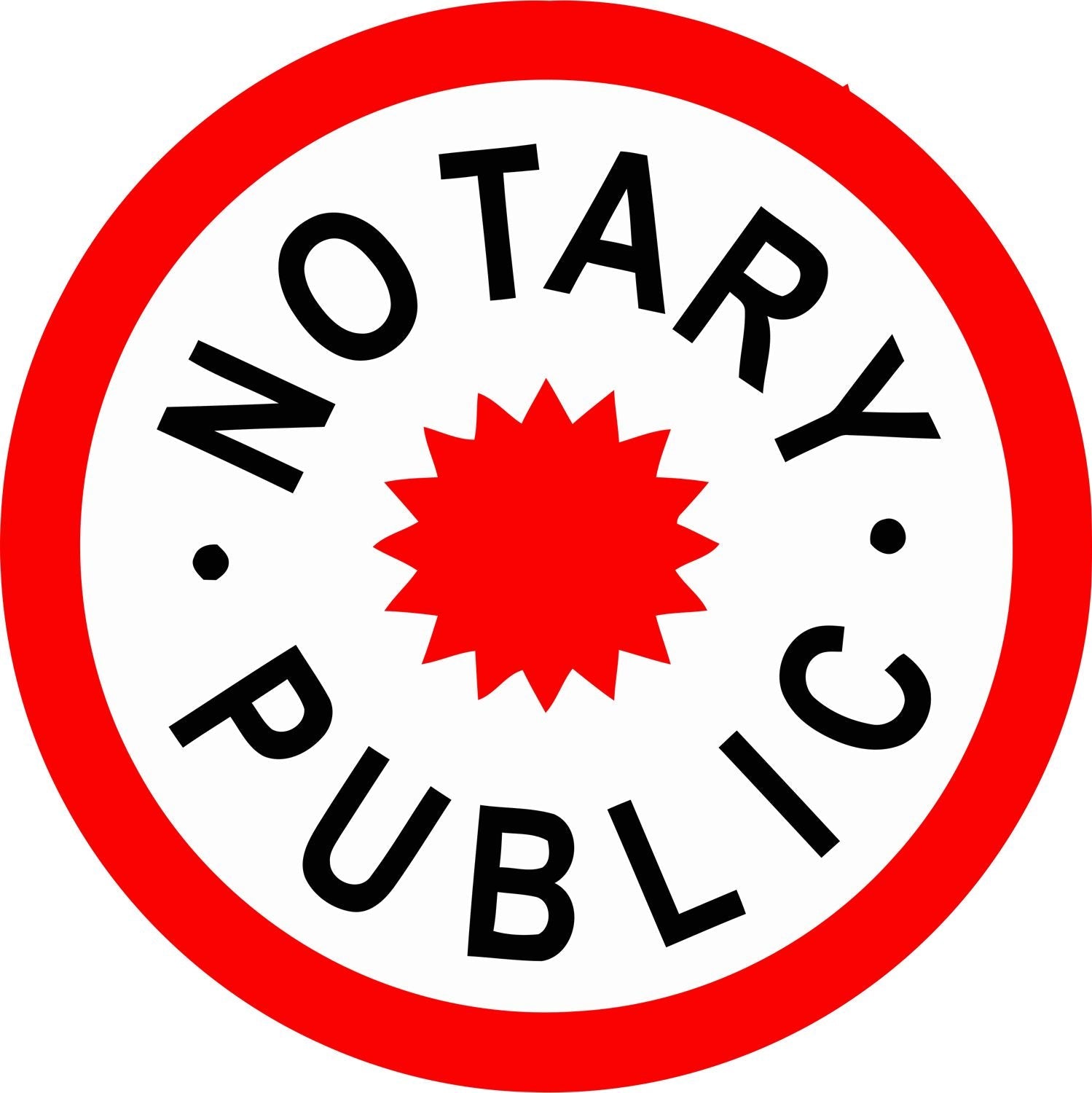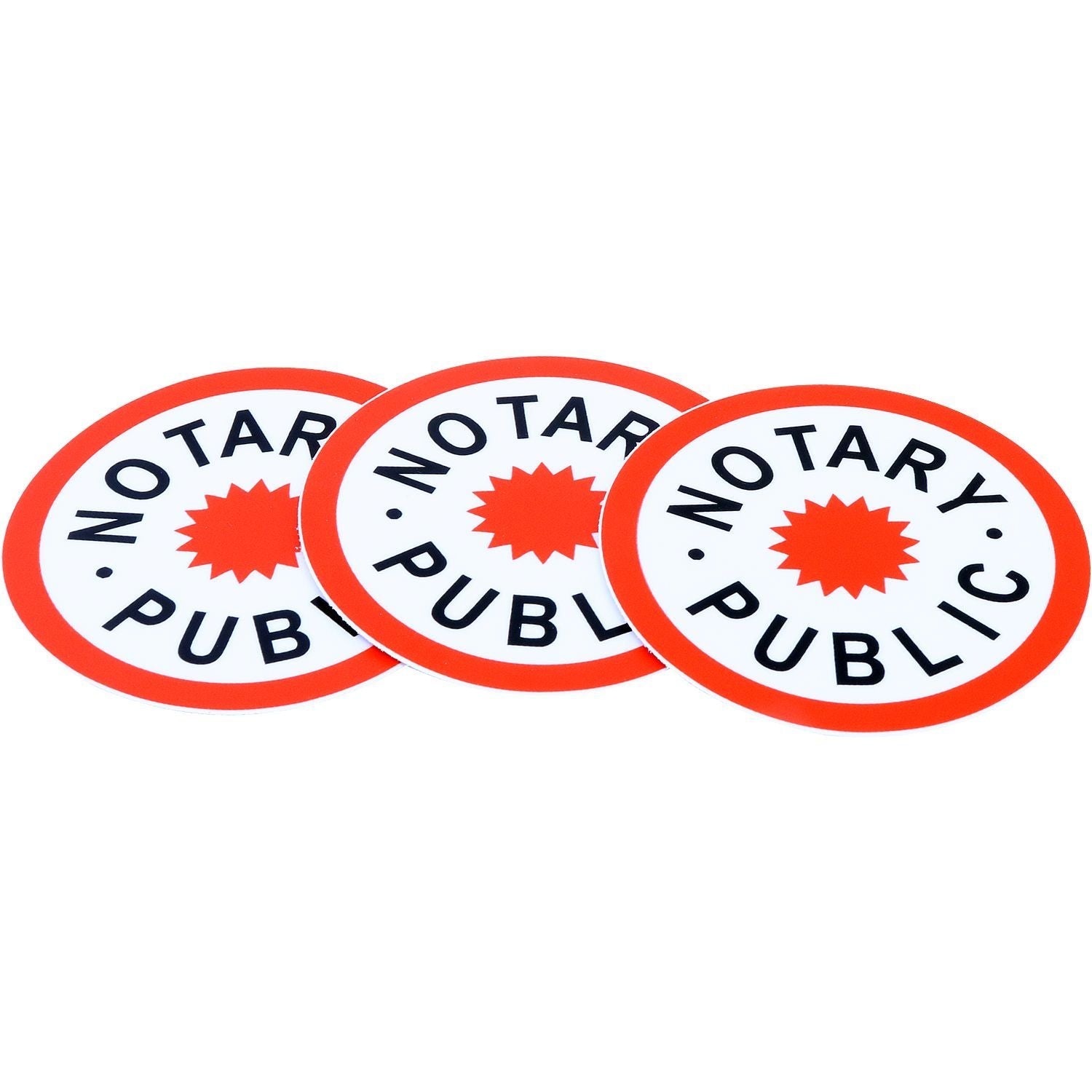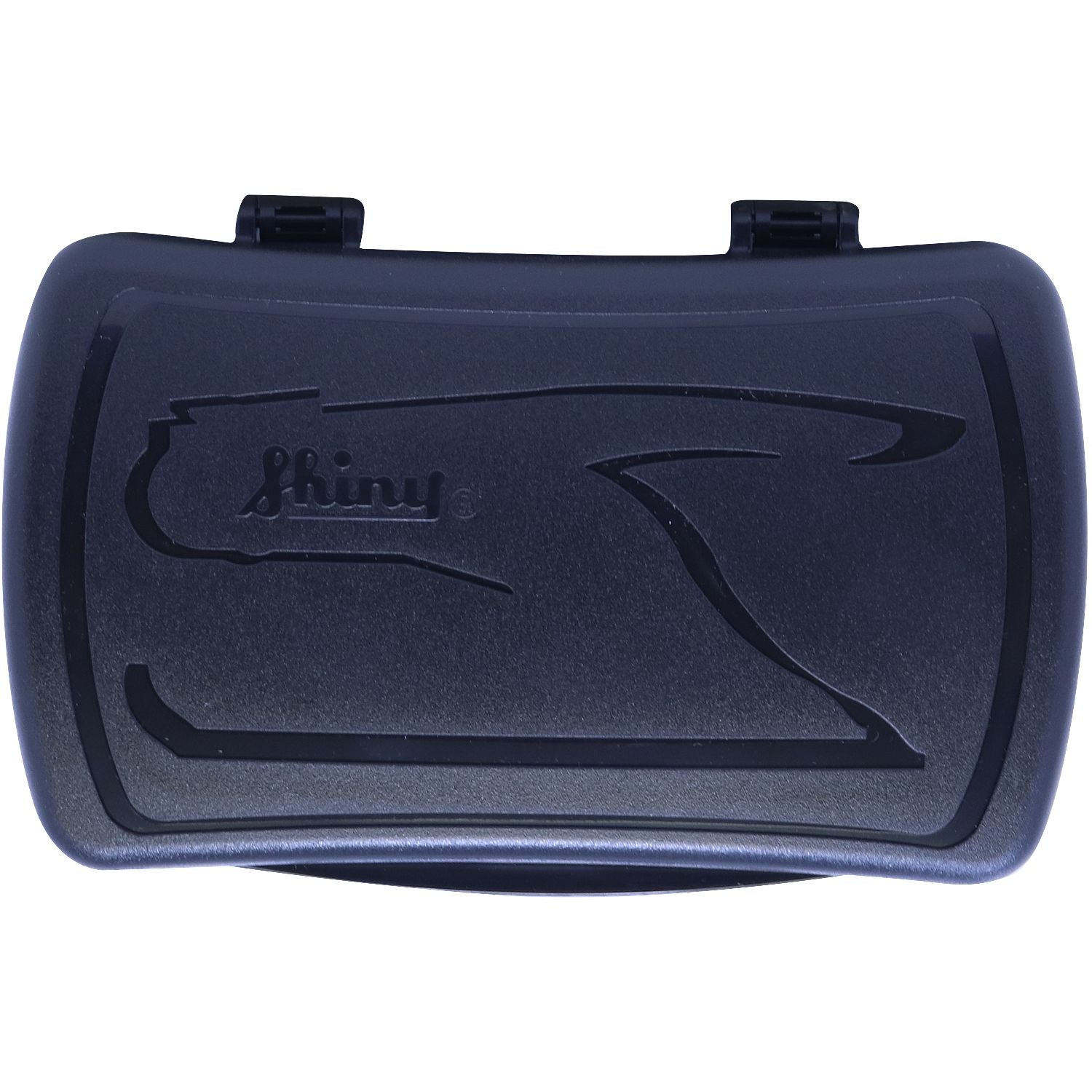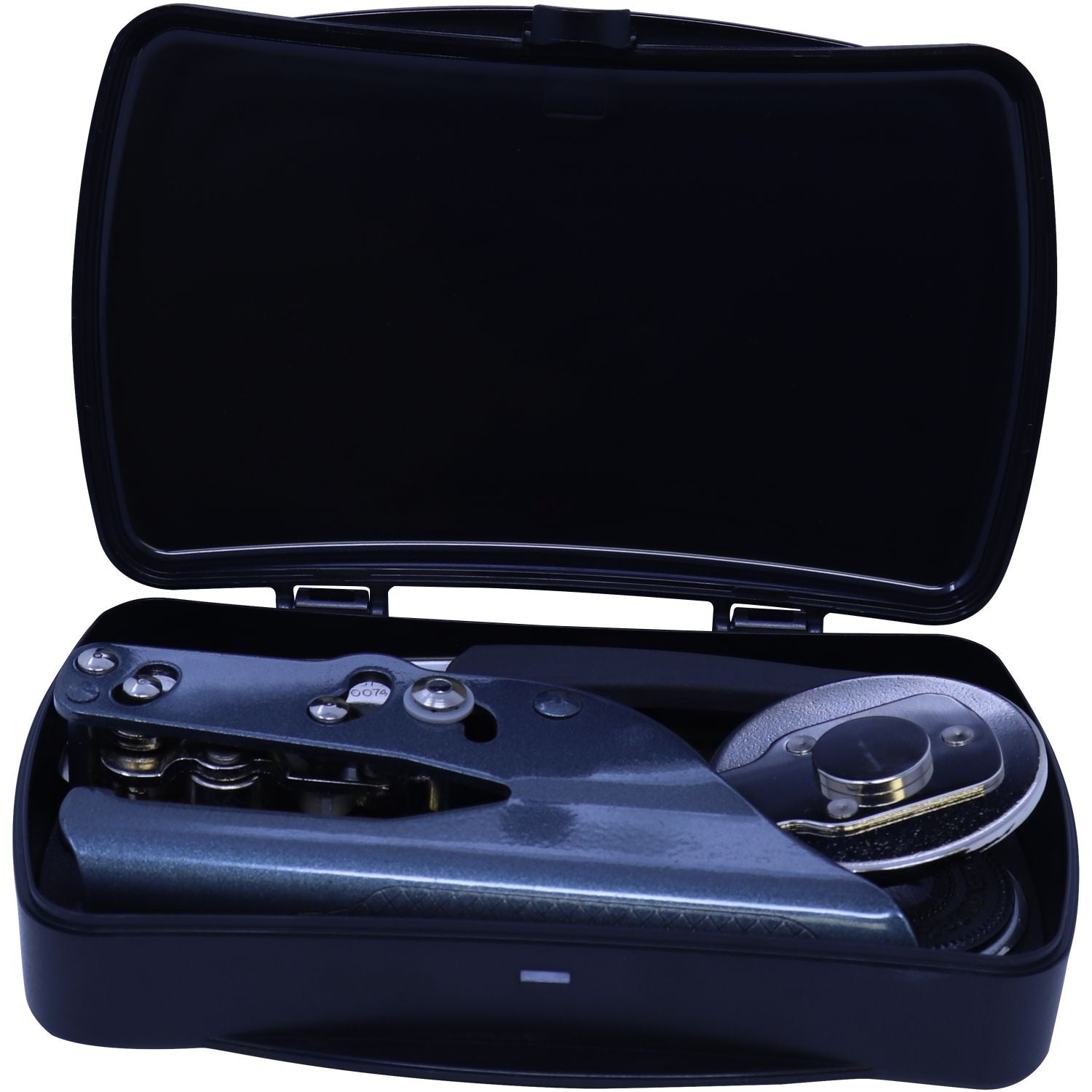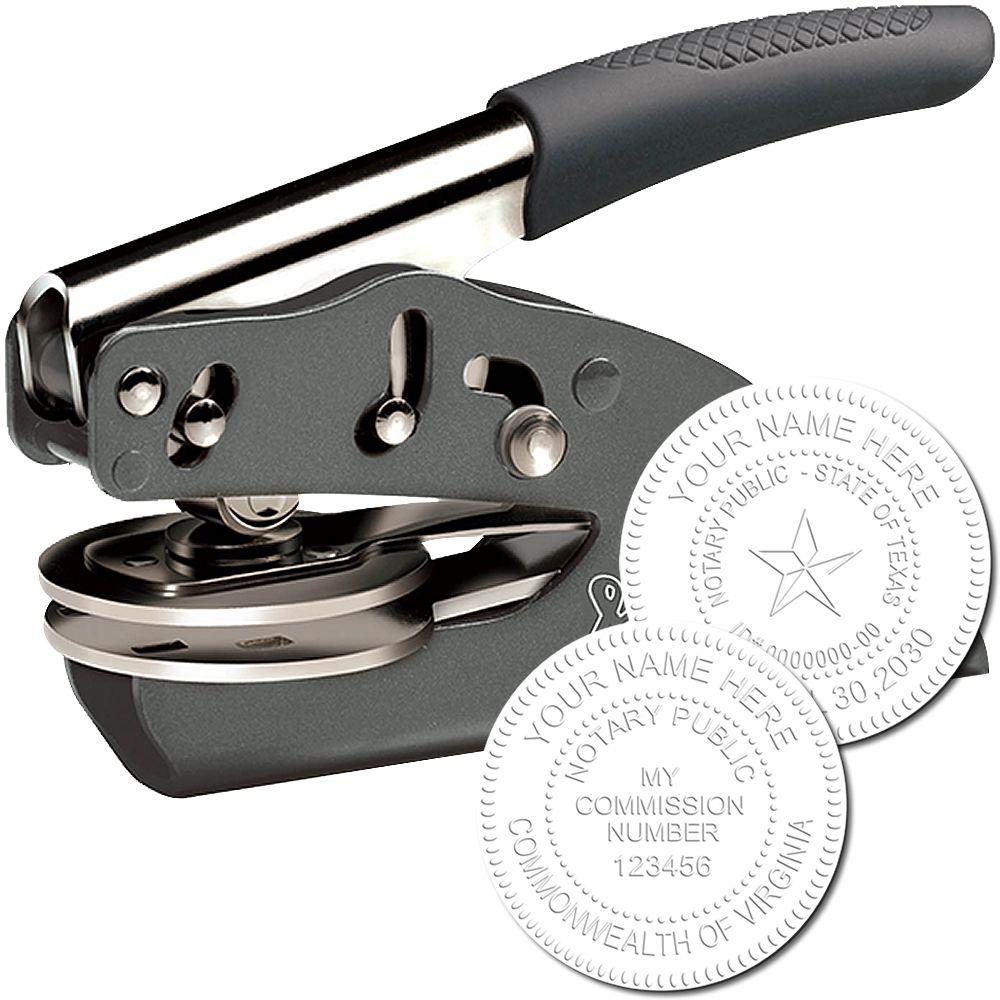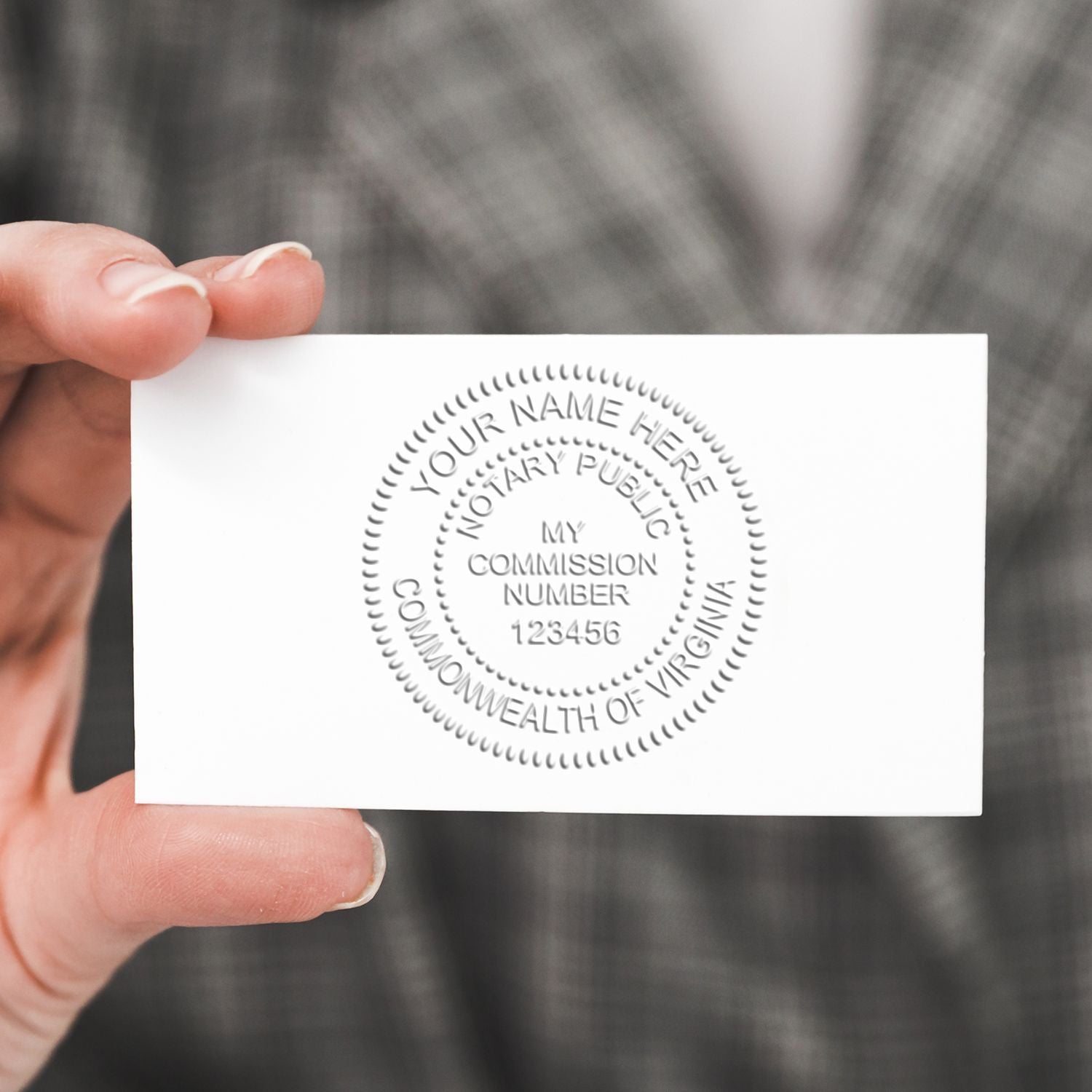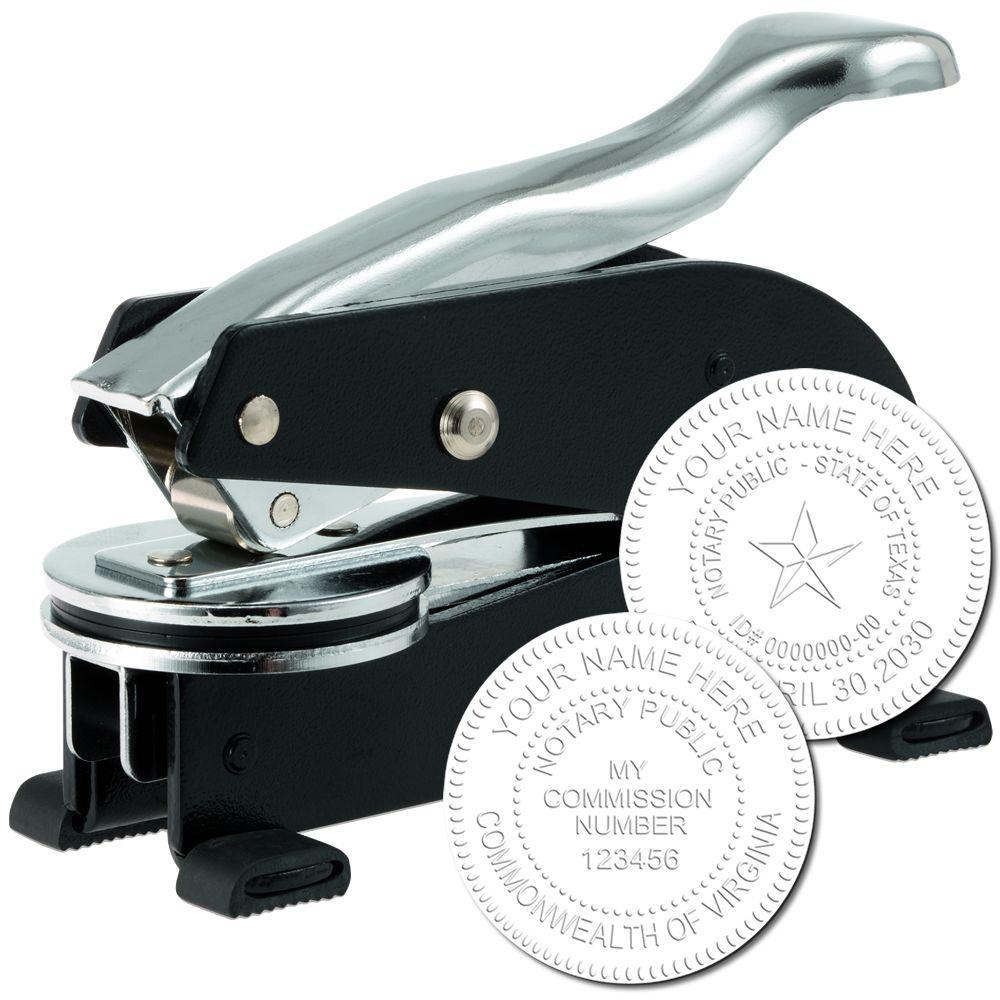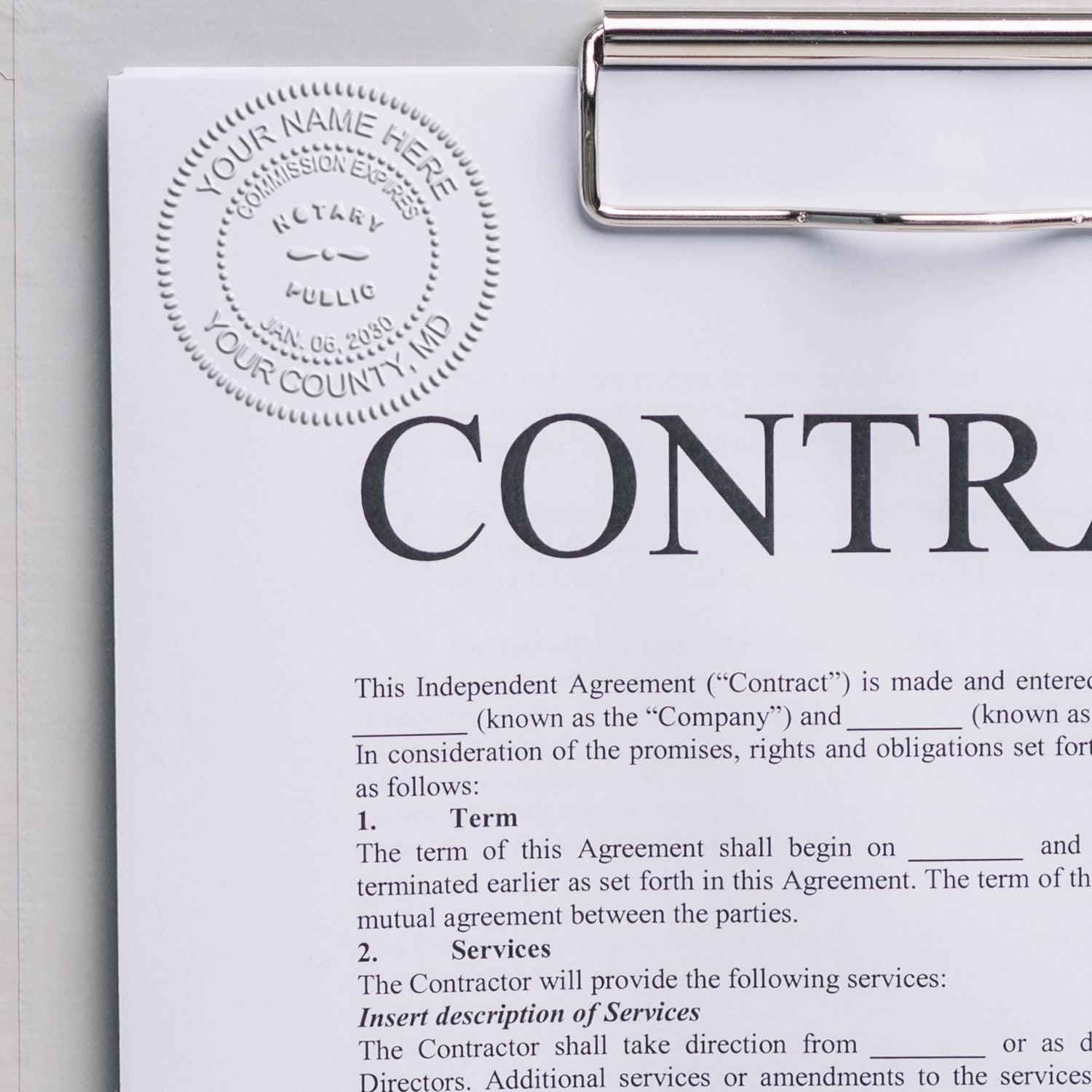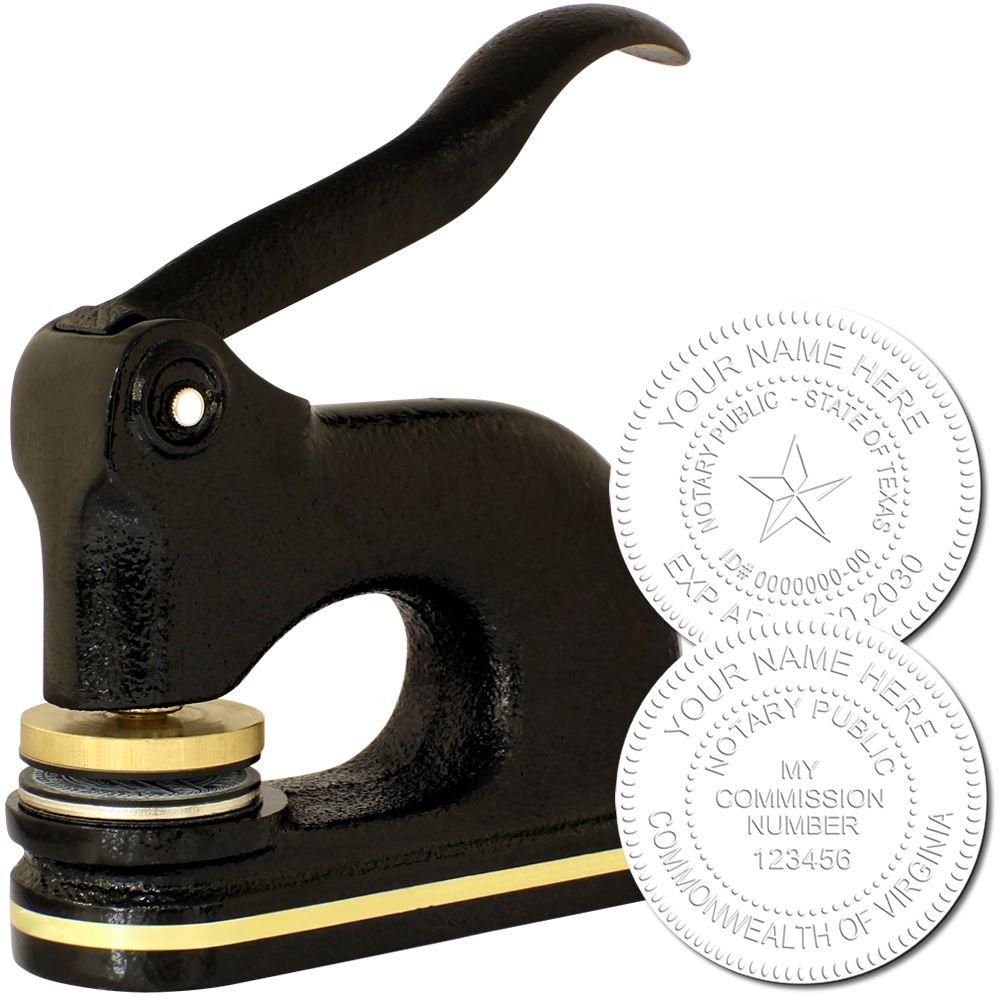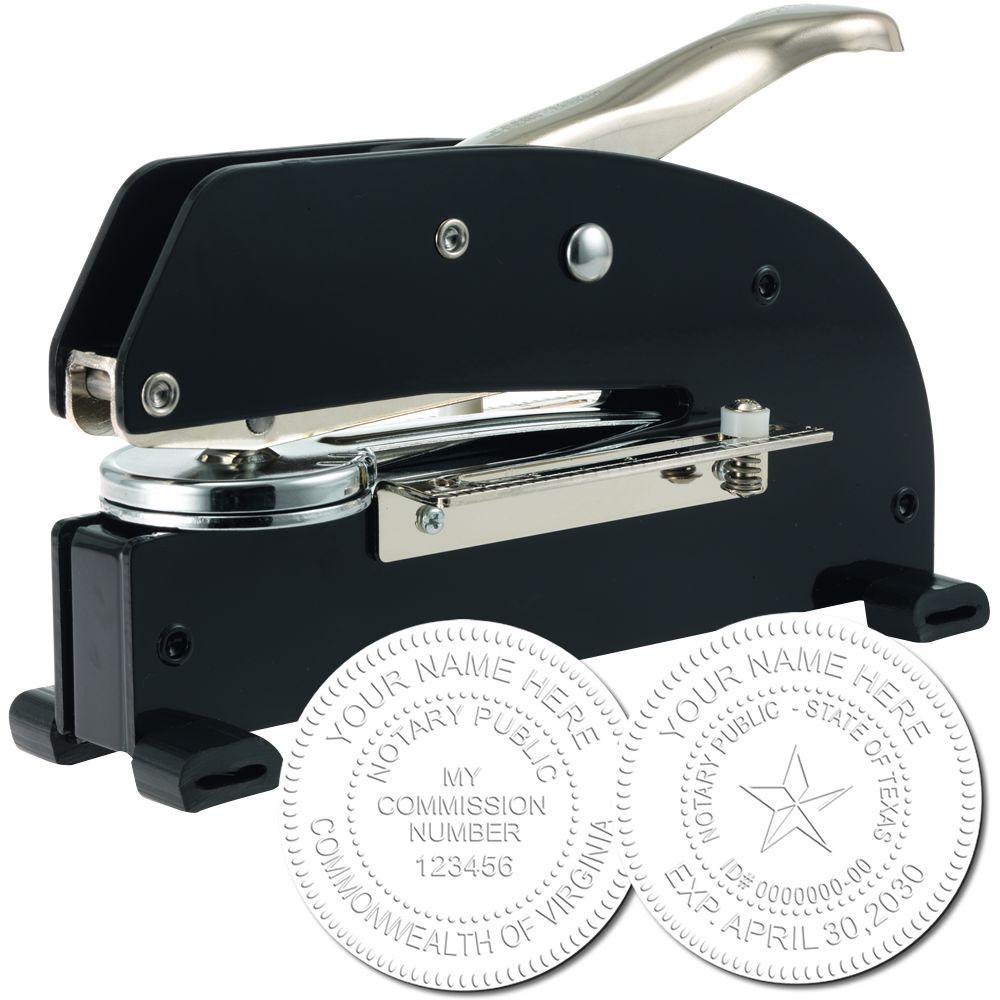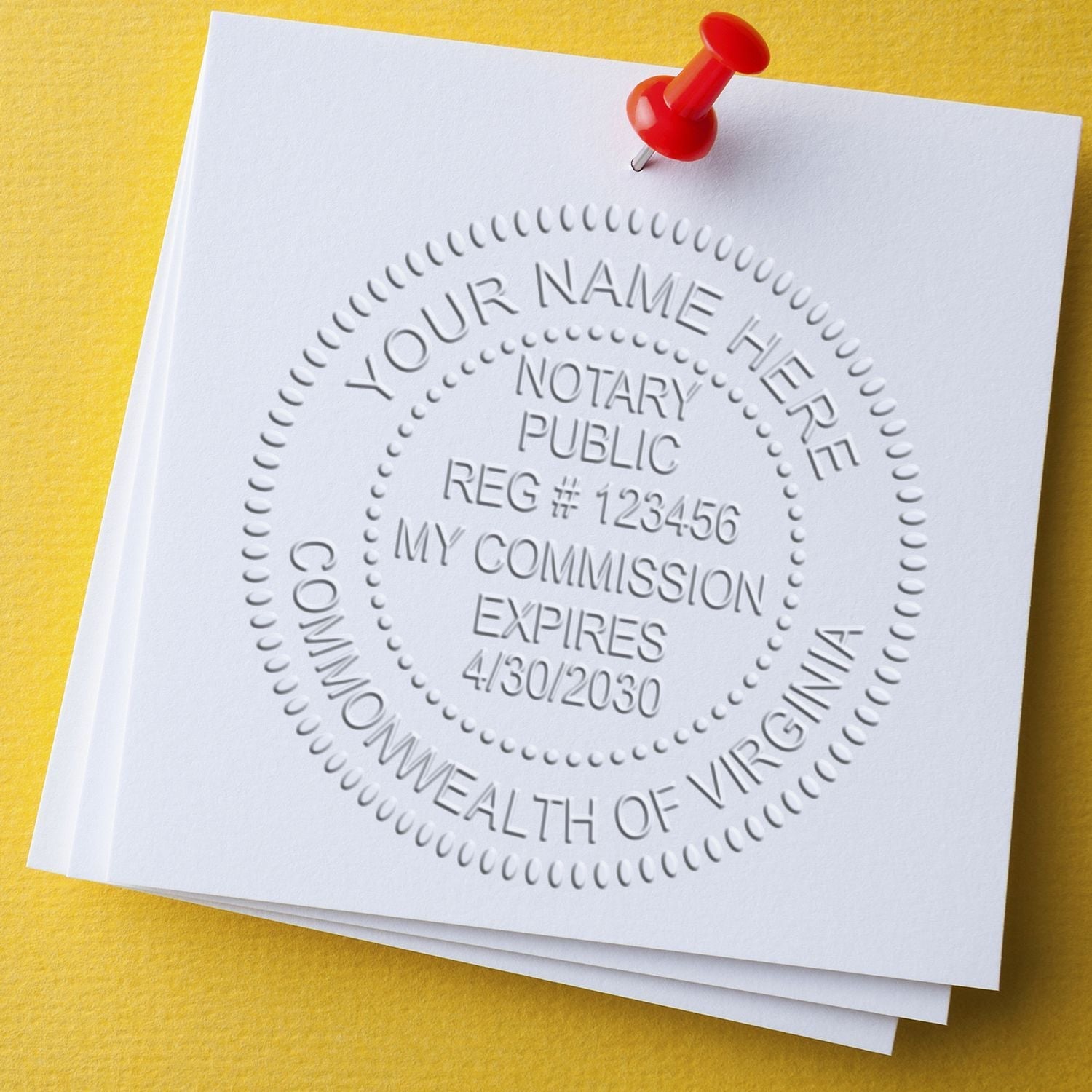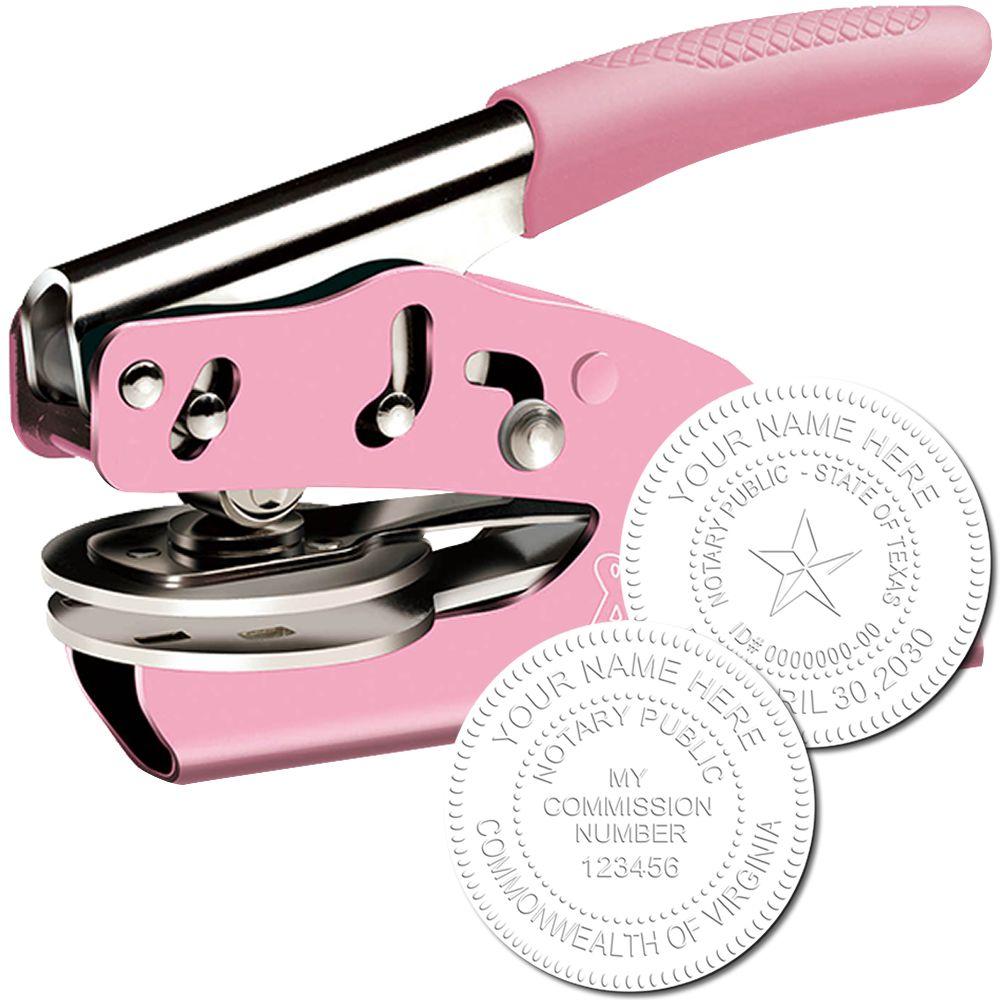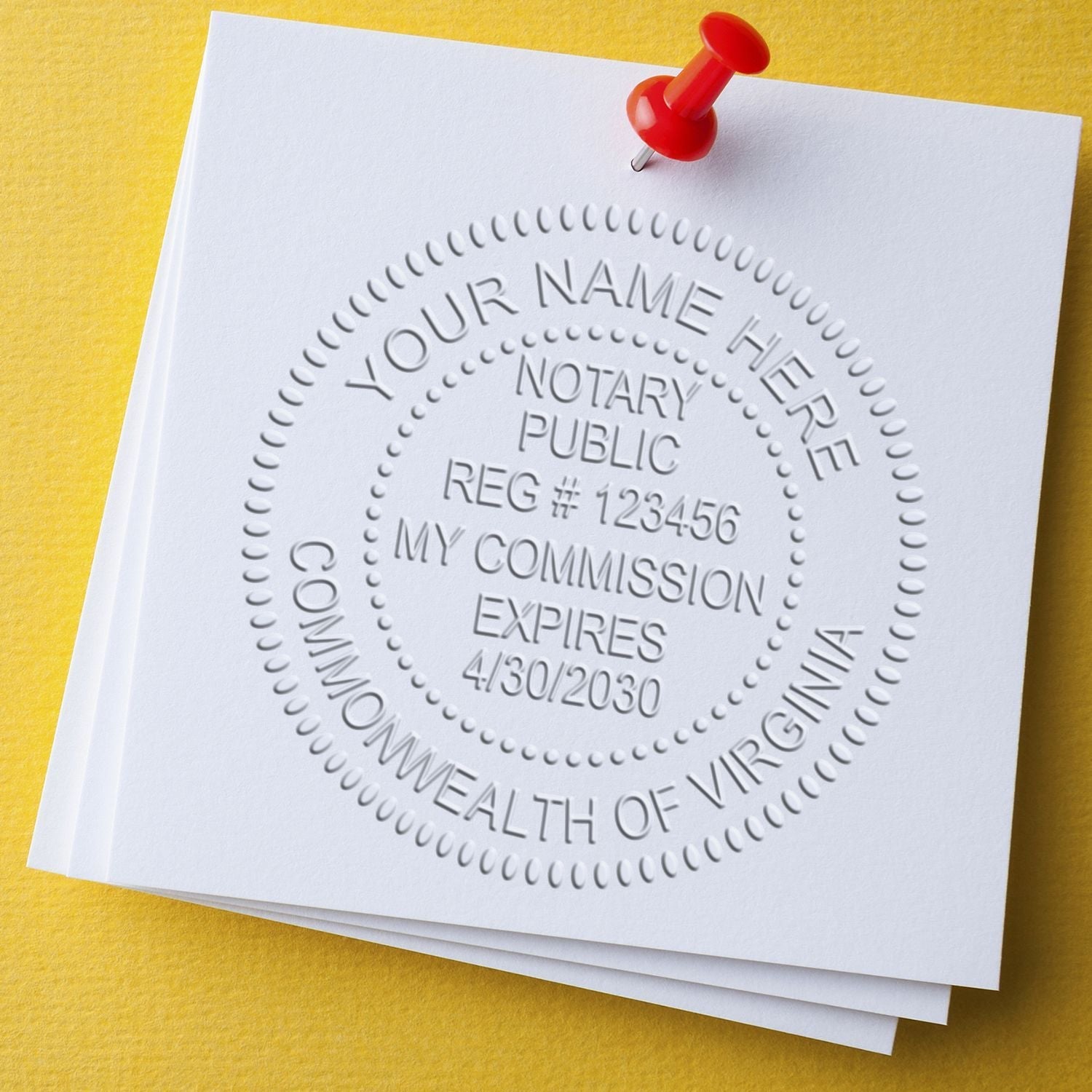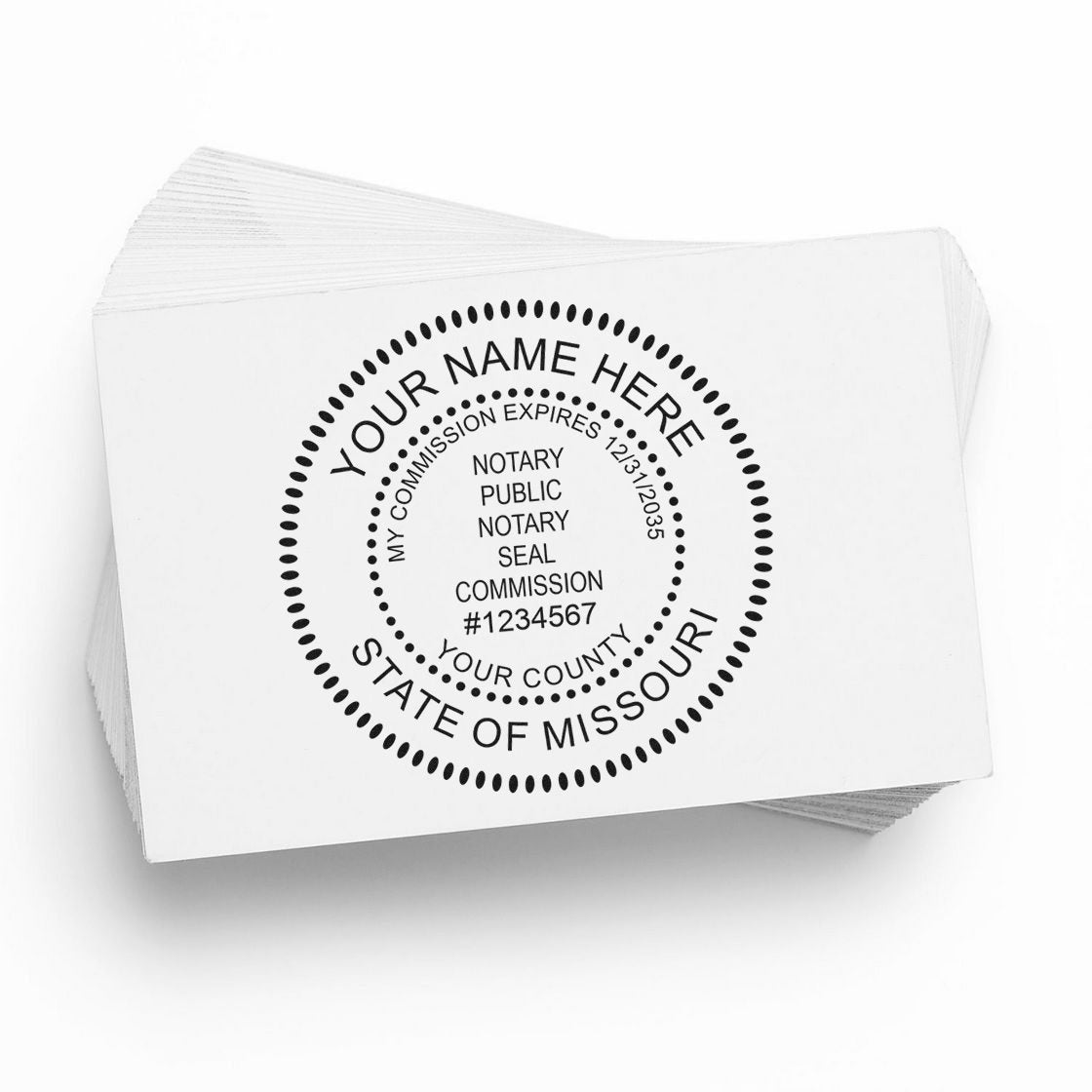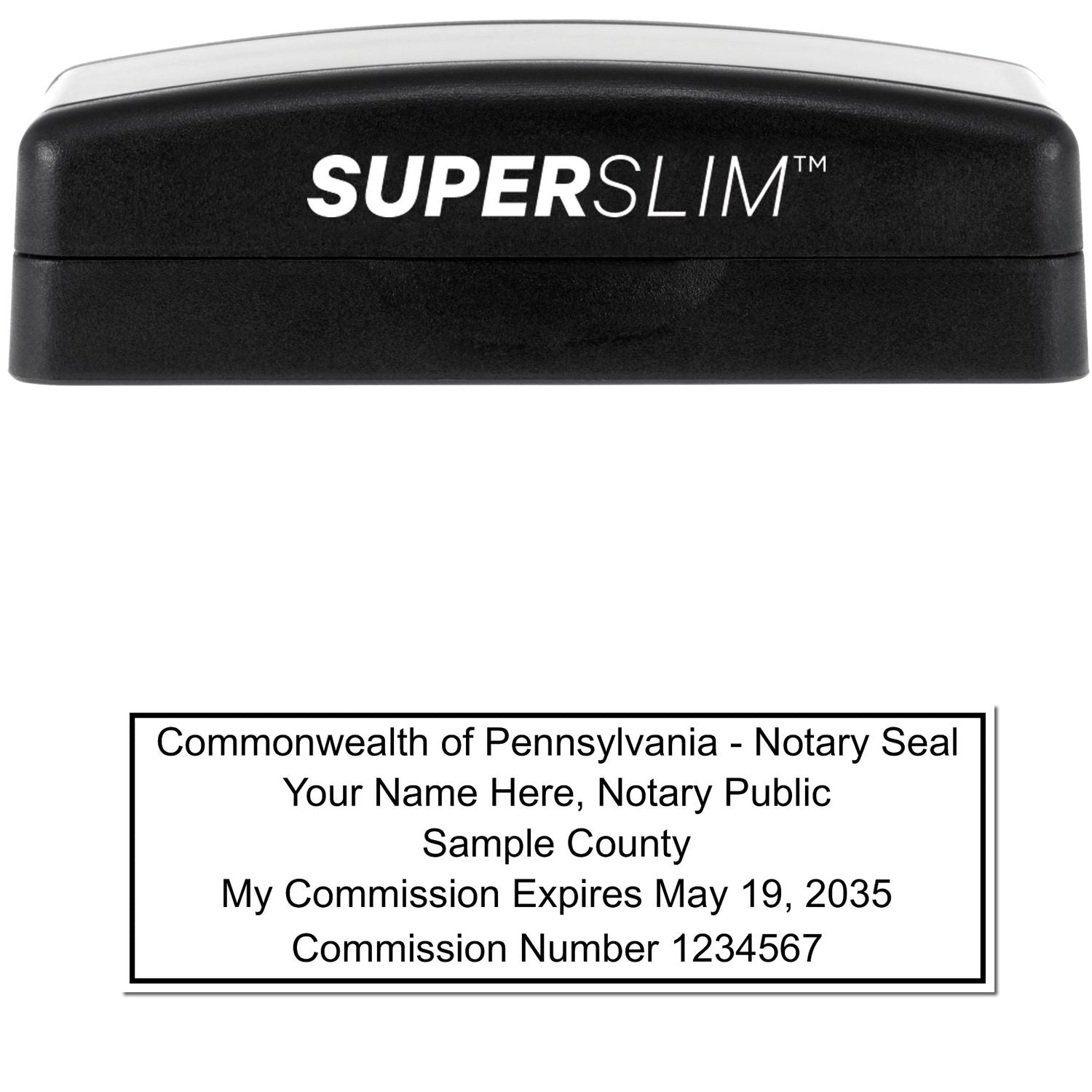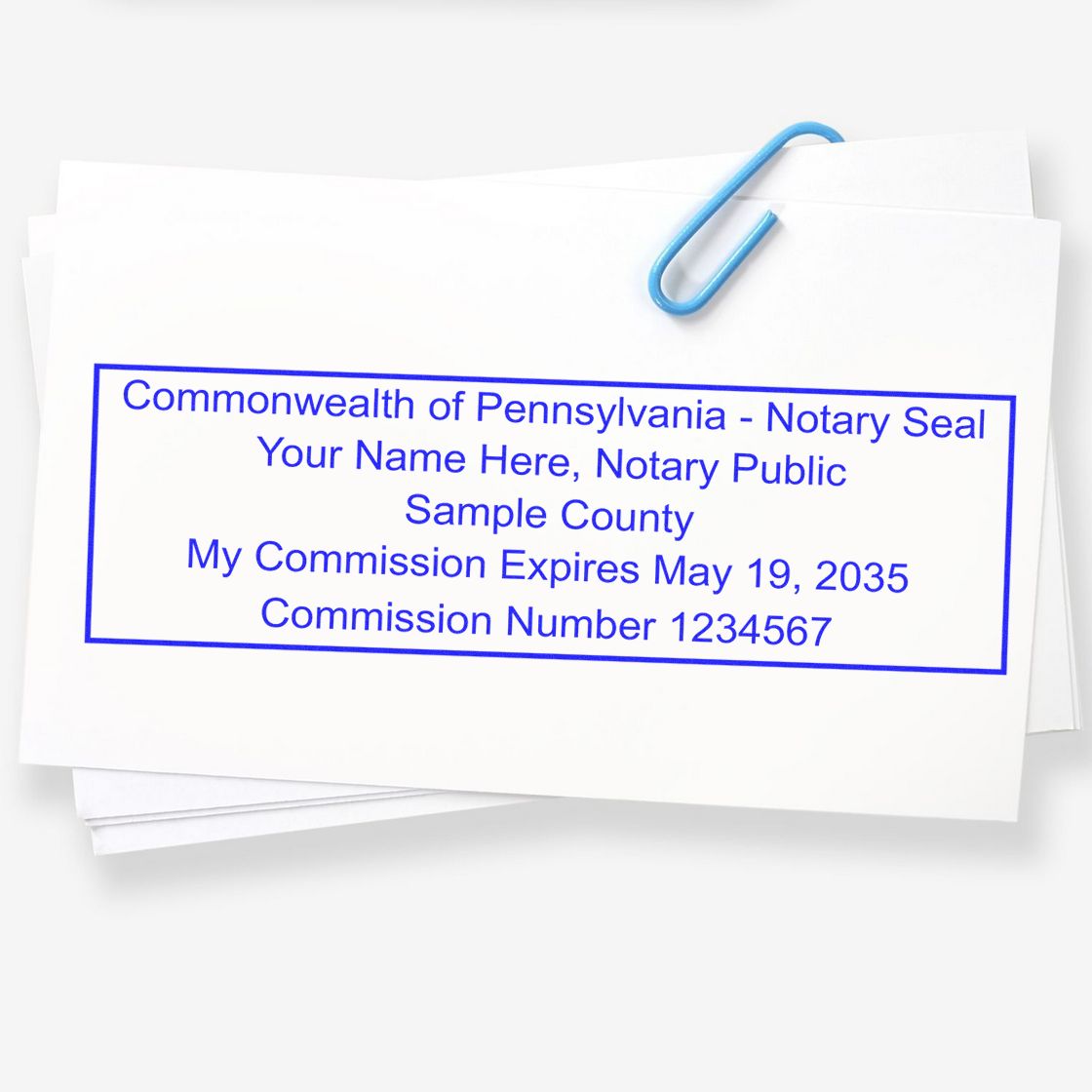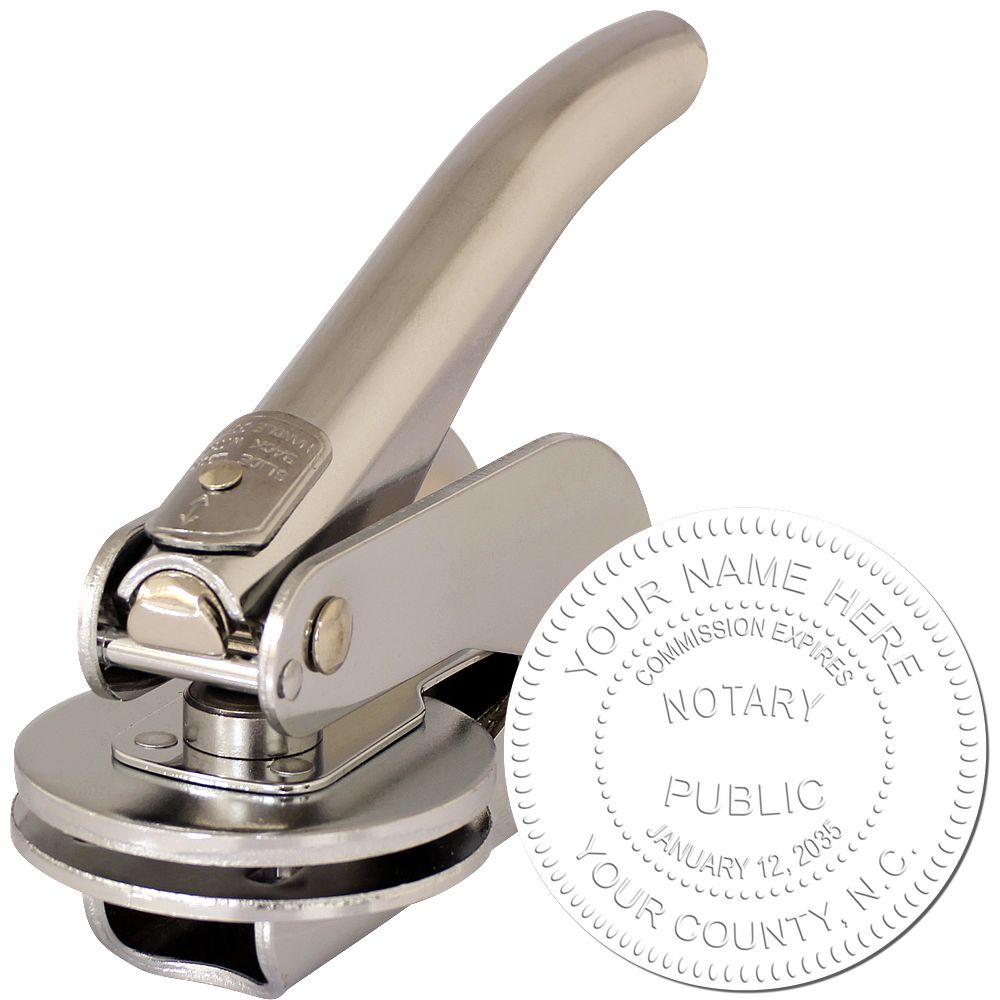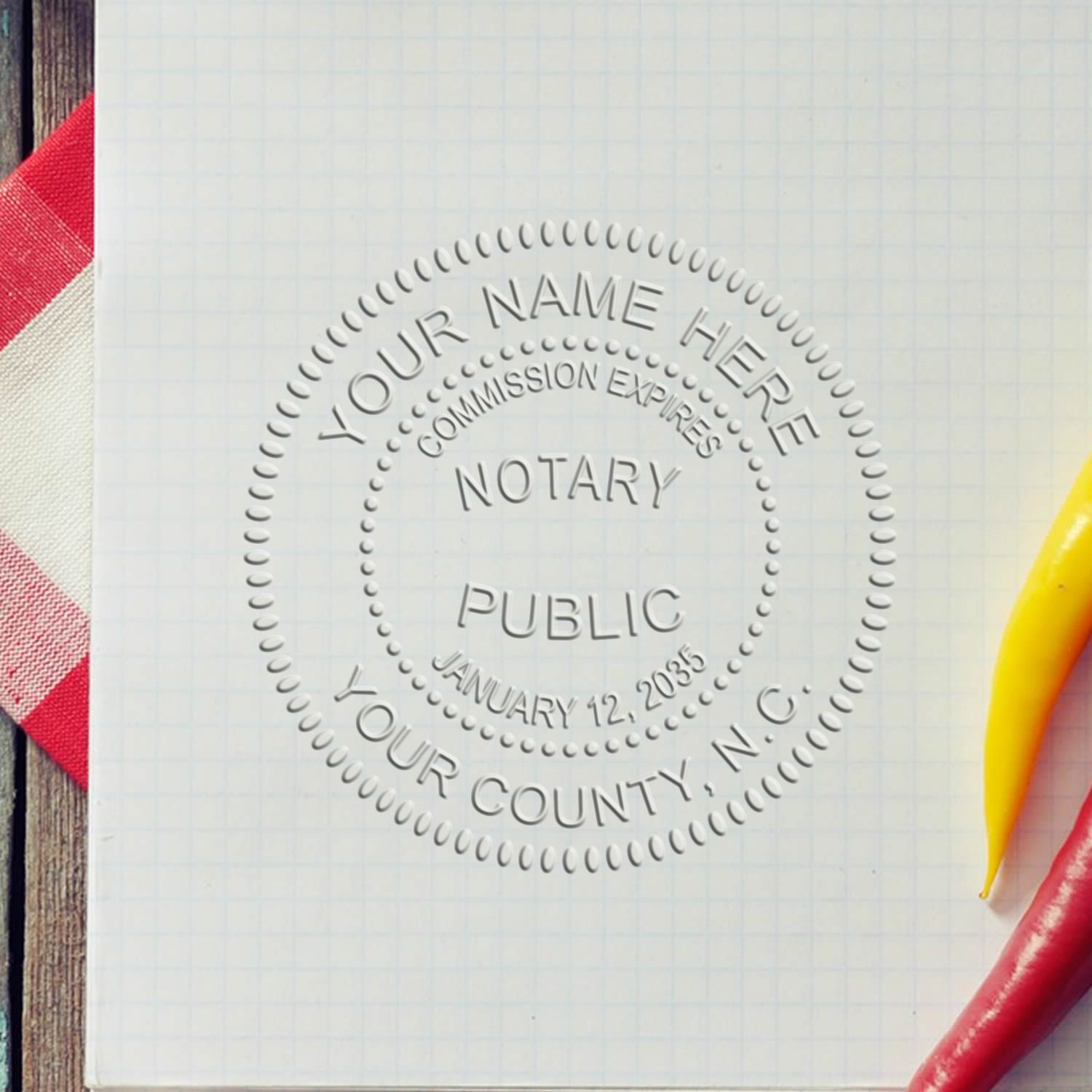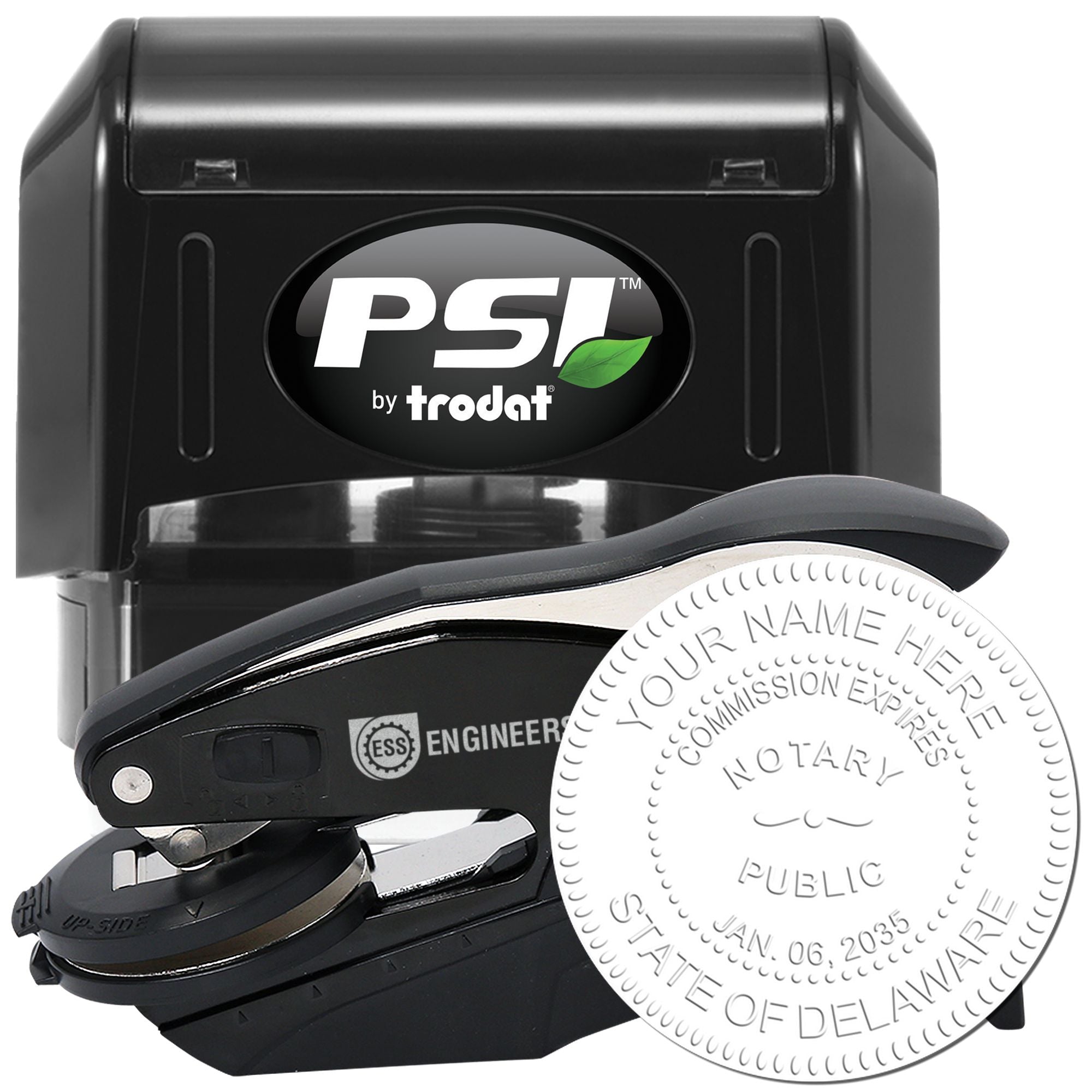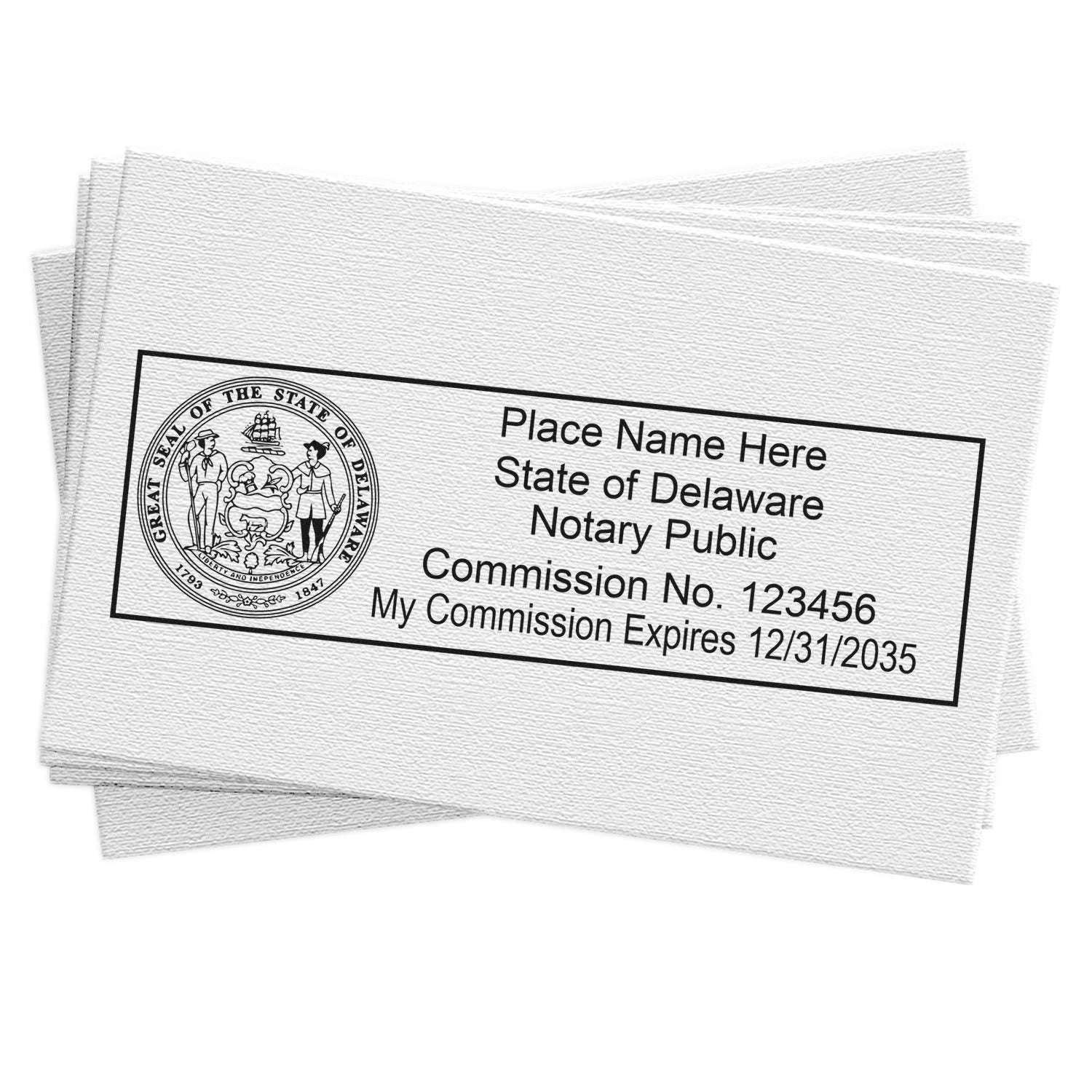The Importance of Corporate Seals
Corporate seals hold a significant role in the world of business and legal documentation. Understanding their purpose and recognizing their legal and historical significance is crucial for anyone involved in corporate affairs.
Understanding the Purpose of Corporate Seals
A corporate seal, also known as a company seal, is a tool used to emboss official documents with the company's unique emblem or design. This seal serves as a visual representation of the company's authority and authenticity. The purpose of a corporate seal is to provide an official mark of approval or verification on various legal and business documents.
Corporate seals are commonly used for:
-
Certificates: Embossing official certificates, such as share certificates or membership certificates, adds a level of authenticity and professionalism.
-
Contracts: Sealing contracts signifies the binding agreement between parties involved, ensuring the authenticity and integrity of the document.
-
Deeds: Real estate transactions often require the use of a corporate seal to validate property deeds and other related legal documents.
-
Legal Documentation: Corporate seals are used on a wide range of legal documents, including powers of attorney, affidavits, resolutions, and more.
-
Banking and Finance: Financial institutions may require a corporate seal on documents related to loans, mortgages, or other financial transactions.
Legal and Historical Significance
The use of corporate seals dates back centuries and has deep historical roots. In the past, corporate seals were used to imprint wax or emboss impressions on documents to indicate the authenticity and authority of the issuing entity. While the legal requirements for corporate seals have evolved over time, they still hold significance in certain jurisdictions.
The legal significance of corporate seals can vary depending on the jurisdiction and the specific requirements of the governing laws. In some jurisdictions, a corporate seal may be legally required for certain types of documents or transactions. It is important to understand the specific regulations and requirements that apply to your jurisdiction. For more information on corporate seal requirements, refer to our article on corporate seal requirements.
While the legal significance may vary, corporate seals continue to hold symbolic importance in the business world. They represent the company's commitment to professionalism, integrity, and legal compliance. The embossed seal adds a touch of authenticity and prestige to important documents, instilling confidence and trust in the eyes of clients, partners, and stakeholders.
In conclusion, corporate seals play a crucial role in business and legal affairs. The purpose of a corporate seal is to provide an official mark of approval and authenticity on various legal and business documents. While the legal significance may differ across jurisdictions, corporate seals continue to hold symbolic importance in the business world, representing the company's authority and commitment to professionalism.
Introduction to Embossing Seals
In the world of business, embossing seals play a significant role in adding a touch of professionalism and authenticity to important documents. These seals are commonly used by corporations, law firms, and other organizations to leave a lasting impression and make a statement of legitimacy. Let's explore what embossing seals are and how they work.
What is an Embossing Seal?
An embossing seal, also known as a corporate seal, is a device used to create raised impressions on paper or other materials. It typically consists of a metal plate or die, featuring the organization's logo, name, and any other relevant information. When pressure is applied, the seal leaves a distinctive raised impression on the document, making it visually striking and difficult to replicate.
Embossing seals have been used for centuries and are deeply rooted in tradition. They have long been associated with legal documents, certificates, and official paperwork, serving as a symbol of authority and authenticity. To learn more about the legal requirements and compliance associated with corporate seals, refer to our article on corporate seal requirements.
How Embossing Seals Work
The process of using an embossing seal is simple yet effective. To create an embossed impression, follow these steps:
-
Position the document: Place the document on a flat and stable surface, ensuring that it is aligned correctly.
-
Prepare the seal: Hold the embossing seal by the handle or grip, making sure the metal plate or die is facing down towards the paper.
-
Apply pressure: Firmly press the embossing seal onto the designated area of the document. The pressure should be evenly distributed to create a clear and crisp raised impression.
-
Release the seal: Carefully lift the embossing seal away from the paper, leaving behind the distinctive raised impression.
Embossing seals can be used on a variety of documents, including contracts, deeds, certificates, and letters. They add an air of professionalism and credibility, making them ideal for companies looking to leave a lasting impression. To explore different types of embossing seals and their advantages, continue reading our article on corporate seal embossers.
By utilizing the art of embossing, organizations can elevate the visual appeal of their documents and instill a sense of trust and authority. Whether it's for legal purposes or to enhance the overall presentation, embossing seals offer a unique and sophisticated way to make your mark.
Advantages of Embossing Seals
Embossing seals offer several advantages that make them a popular choice for corporate use. From their professional and prestigious appearance to enhanced security measures, these seals provide numerous benefits for businesses.
Professional and Prestigious Appearance
One of the primary advantages of using embossing seals is the professional and prestigious look they lend to important documents. The raised, three-dimensional impression created by an embossing seal adds a touch of elegance and sophistication to corporate materials. Whether it's on contracts, legal agreements, or certificates, the imprint of an embossing seal signifies authenticity, credibility, and attention to detail.
The professional appearance of embossed seals can leave a lasting impression on clients, partners, and stakeholders. It conveys a sense of professionalism, trustworthiness, and commitment to quality. Additionally, the distinctive look of embossing sets documents apart from standard printed materials, making them stand out and catch the eye.
Enhanced Security and Anti-Fraud Measures
Embossing seals offer enhanced security features that help protect against fraud and unauthorized alterations. The unique raised impression created by an embossing seal is difficult to replicate, making it a reliable indicator of document authenticity. This added level of security helps to prevent tampering, counterfeiting, and unauthorized duplication of important corporate documents.
Furthermore, embossing seals often feature intricate designs, logos, or text that are specific to a company. This customization adds an extra layer of security, as it becomes challenging for counterfeiters to replicate the exact details of the seal. By incorporating specific designs and personalized elements, businesses can establish a distinct visual identity that is difficult to mimic.
The security provided by embossing seals is particularly crucial for legal and financial documents where accuracy, integrity, and trust are paramount. It ensures that important records and agreements maintain their integrity over time.
In summary, embossing seals offer distinct advantages for businesses. They provide a professional and prestigious appearance to corporate documents while enhancing security measures and protecting against fraud. By utilizing embossing seals, businesses can convey credibility, professionalism, and trust, making them a valuable asset in the corporate world.
Types of Embossing Seals
When it comes to corporate embossing seals, there are two main types to consider: desk embossers and pocket embossers. Each type offers its own set of advantages and considerations. Let's take a closer look at these options.
Desk Embossers
Desk embossers are a popular choice for corporate use. As the name suggests, these embossers are designed to be placed on a desk or a flat surface, providing stability and ease of use. They are typically larger in size and offer a higher level of customization in terms of design and functionality.
Desk embossers are often used in professional settings where a corporate seal is required on various documents, such as legal contracts, certificates, or official correspondence. They provide a clear and distinct imprint, adding a touch of sophistication and professionalism to important paperwork.
One of the advantages of desk embossers is their ability to accommodate different paper sizes. They can handle a range of document thicknesses, making them suitable for embossing on standard letter-size paper or thicker materials like legal-size documents. This versatility makes desk embossers a reliable choice for corporate environments.
Pocket Embossers
Pocket embossers, as the name implies, are smaller and more portable compared to desk embossers. These compact embossers are designed to be carried in a pocket or bag, making them convenient for on-the-go use. They are a popular choice for professionals who frequently travel or need to emboss documents outside of the office.
Pocket embossers offer the same level of customization as desk embossers, allowing for the inclusion of company logos, names, or other design elements. Despite their smaller size, they still provide a clear and crisp imprint, ensuring the authenticity of corporate documentation.
While pocket embossers are highly portable, they may have limitations regarding the size of the paper they can accommodate. Typically, they are best suited for embossing on standard letter-size or smaller documents. It's important to consider the intended use and document size requirements when choosing a pocket embosser.
By understanding the differences between desk embossers and pocket embossers, you can select the type that best meets your business needs. Whether you opt for a desk embosser for its stability and versatility or a pocket embosser for its portability and convenience, both options provide a professional and legally recognized way to authenticate corporate documents.
For more information on corporate seals and stamps, including legal requirements and customization options, check out our article on corporate seals.
Considerations When Choosing an Embossing Seal
When selecting an embossing seal for your corporate needs, there are several important considerations to keep in mind. These include design and customization options, quality and durability, and legal requirements and compliance.
Design and Customization Options
One of the key aspects to consider when choosing an embossing seal is the design and customization options available. You'll want to ensure that the seal reflects the identity and branding of your company. Look for a provider that offers a range of customization options, including the ability to incorporate your company's name, logo, and other relevant information.
Additionally, consider the size and shape of the embossing seal. Opt for a size that is appropriate for the documents you will be using it on. Some companies may require larger seals for official documents, while others may prefer smaller, more discreet seals. The shape of the seal can also vary, with options such as round or rectangular seals.
Quality and Durability
Another crucial factor to consider is the quality and durability of the embossing seal. It should be constructed using high-quality materials to ensure long-lasting use. Look for seals made from sturdy metals, such as steel or brass, as these materials can withstand frequent use without losing their effectiveness.
Consider the mechanism of the embossing seal as well. It should have a smooth and reliable action, allowing for clean and crisp impressions every time. A well-made embossing seal will provide consistent results and stand up to the demands of regular use.
Legal Requirements and Compliance
It is essential to be aware of the legal requirements and compliance associated with corporate seals. Different jurisdictions may have specific regulations regarding the use of corporate seals, so it's important to ensure that the embossing seal you choose meets these requirements. For more information on the legal aspects of corporate seals, consult our article on corporate seal legal.
In some cases, the design of the embossing seal may also be subject to certain legal guidelines. It's important to familiarize yourself with any applicable regulations to ensure that your seal complies with the necessary standards.
By considering these factors when choosing an embossing seal, you can find one that not only meets your business needs but also aligns with legal requirements and reflects the professionalism and identity of your company. For more information on corporate seals and related topics, feel free to explore our articles on corporate seals, corporate seal design, and corporate stamp makers.
Using an Embossing Seal
Once you have acquired an embossing seal, it's essential to understand the proper technique and handling to achieve the best results. Additionally, familiarizing yourself with common applications and use cases will help you make the most of your embossing seal.
Proper Technique and Handling
Using an embossing seal requires a delicate touch and attention to detail. Follow these steps to ensure proper technique and handling:
- Positioning: Place the embossing seal over the desired area of the document, ensuring that it is aligned correctly.
- Pressure: Apply even pressure to the handle of the embossing seal. Too little pressure may result in an incomplete or faint impression, while excessive pressure can damage the document or the seal itself.
- Release: Hold the seal in place for a few seconds to allow the paper fibers to set and create a crisp, raised impression.
- Lifting: Gently lift the embossing seal from the paper, taking care not to smudge or smear the impression.
- Repositioning: If you need to make multiple impressions on the same document or move to a different page, ensure that the seal is properly aligned each time.
By following these techniques, you can consistently produce professional and impressive embossed seals.
Common Applications and Use Cases
Embossing seals find a variety of applications in different industries and sectors. Some common use cases include:
- Legal Documents: Embossing seals are often used on legal documents, such as contracts, deeds, and notary acknowledgments. The raised impression adds an official and authentic touch, enhancing the document's credibility and integrity.
- Certificates and Awards: Embossed seals are frequently found on certificates, diplomas, and awards to signify their authenticity and importance. The elegant and prestigious appearance of the embossed seal adds value and recognition to these documents.
- Corporate Stationery: Many companies use embossing seals on their letterheads, envelopes, and other stationery items to create a professional and branded look. The embossed seal on corporate stationery represents the company's official stamp of approval.
- Special Events: Embossing seals can be used for special events, such as weddings or corporate celebrations, to add a touch of elegance to invitations, programs, or favors. The unique and sophisticated appearance of the embossed seal adds a memorable element to these occasions.
Remember to check the corporate seal requirements specific to your jurisdiction or organization to ensure compliance with legal regulations. For more information on corporate seals, their design, and customization options, refer to our article on corporate seals.
Using an embossing seal requires precision and care, but the end result is a distinctive and impressive mark that elevates your documents and materials.
About ESS
At Engineer Seal Stamps (ESS), we take pride in being the leading makers of custom rubber stamps, professional seals, and notary stamps in the industry. Our commitment to delivering stellar customer service is backed by a state board guarantee on all our products. Whether you're an engineer, architect, or surveyor in need of a seal, we've got you covered.
Our stamps are crafted with the highest quality materials, ensuring durability and accuracy with every impression. Our team of skilled technicians and designers work tirelessly to create custom stamps that meet your unique needs. With over a decade of experience in the industry, our reputation for excellence in stamp making is unparalleled. We offer a wide range of products, from traditional pre-inked rubber stamps to modern digital seals. We understand the importance of having the right seal for your profession, which is why we offer customization options such as logo, signature, and text engraving. Our stamps are also available in different sizes and ink colors to fit your preferences.
What sets ESS apart is our unwavering commitment to customer satisfaction. From initial consultation to final delivery, our team is with you every step of the way. We understand that a reliable seal is essential to your work, which is why we offer a fast turnaround time and free shipping on all our products for orders over $75. Choose ESS for all your stamping needs and experience the difference that quality and exceptional customer service can make.


